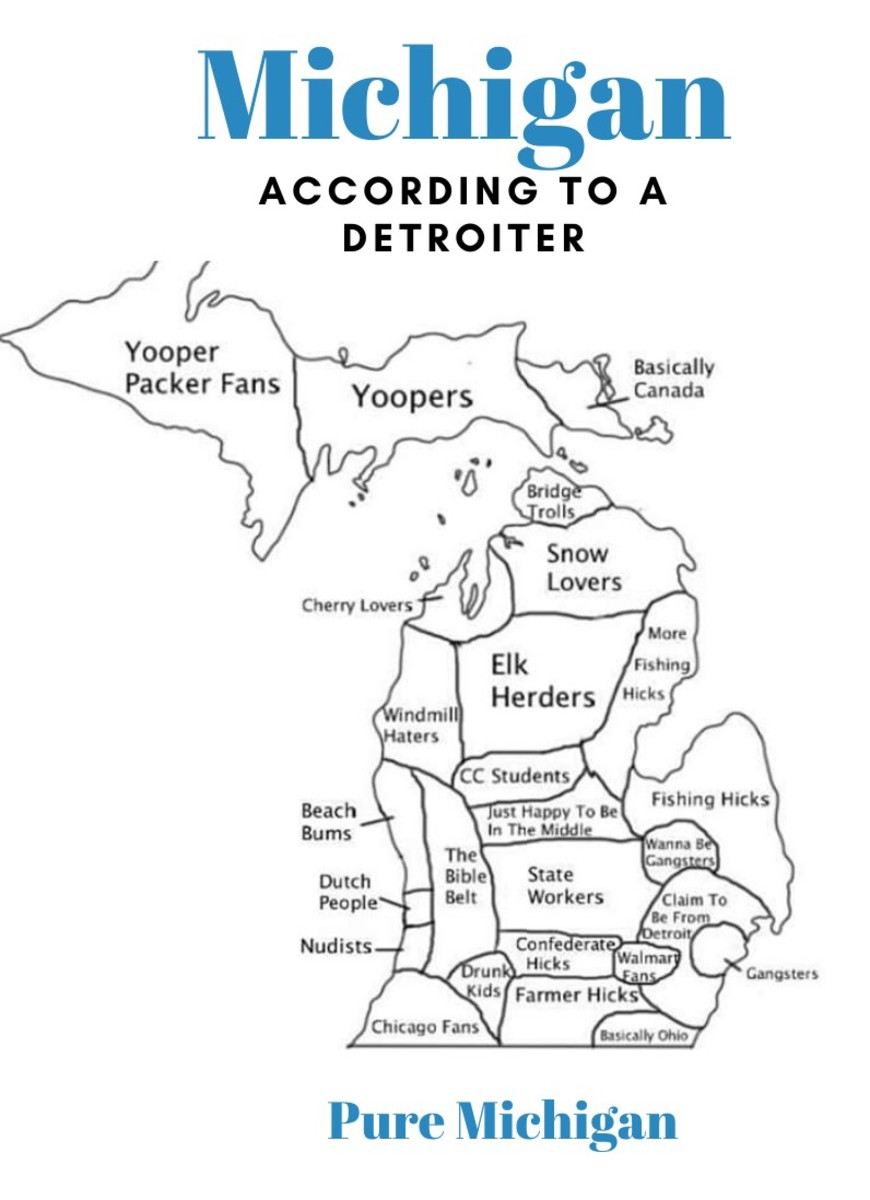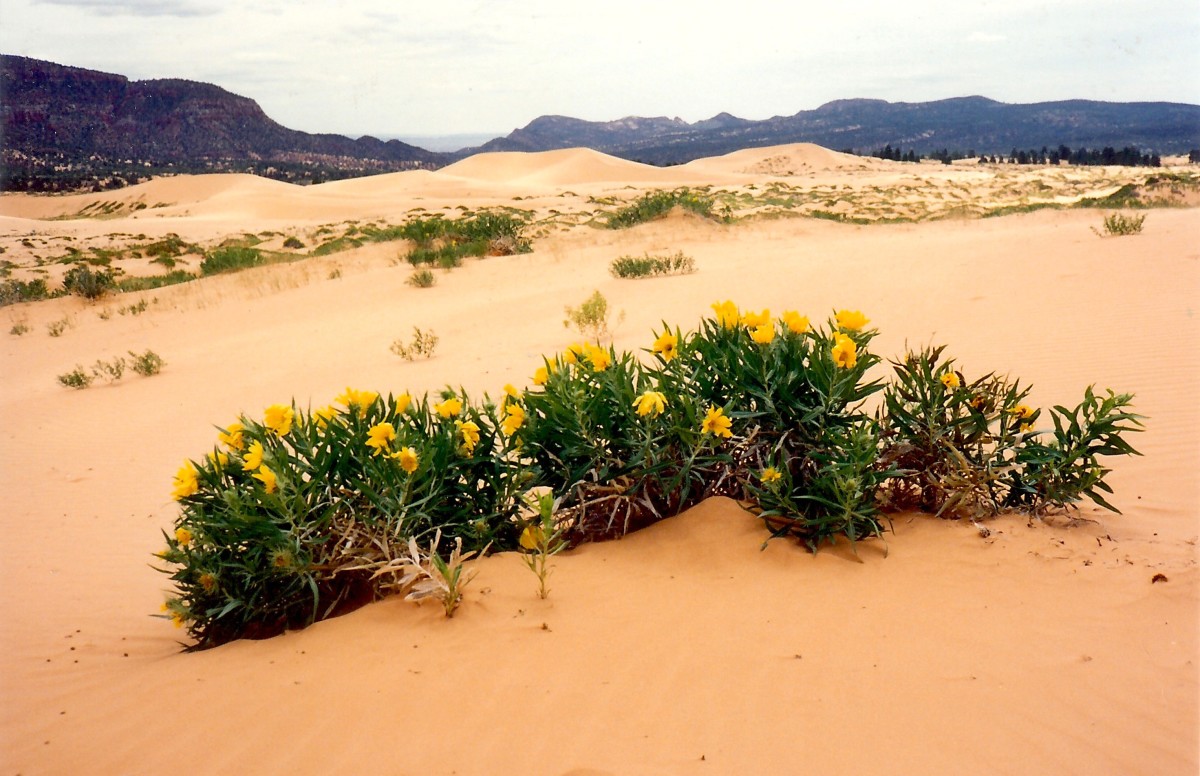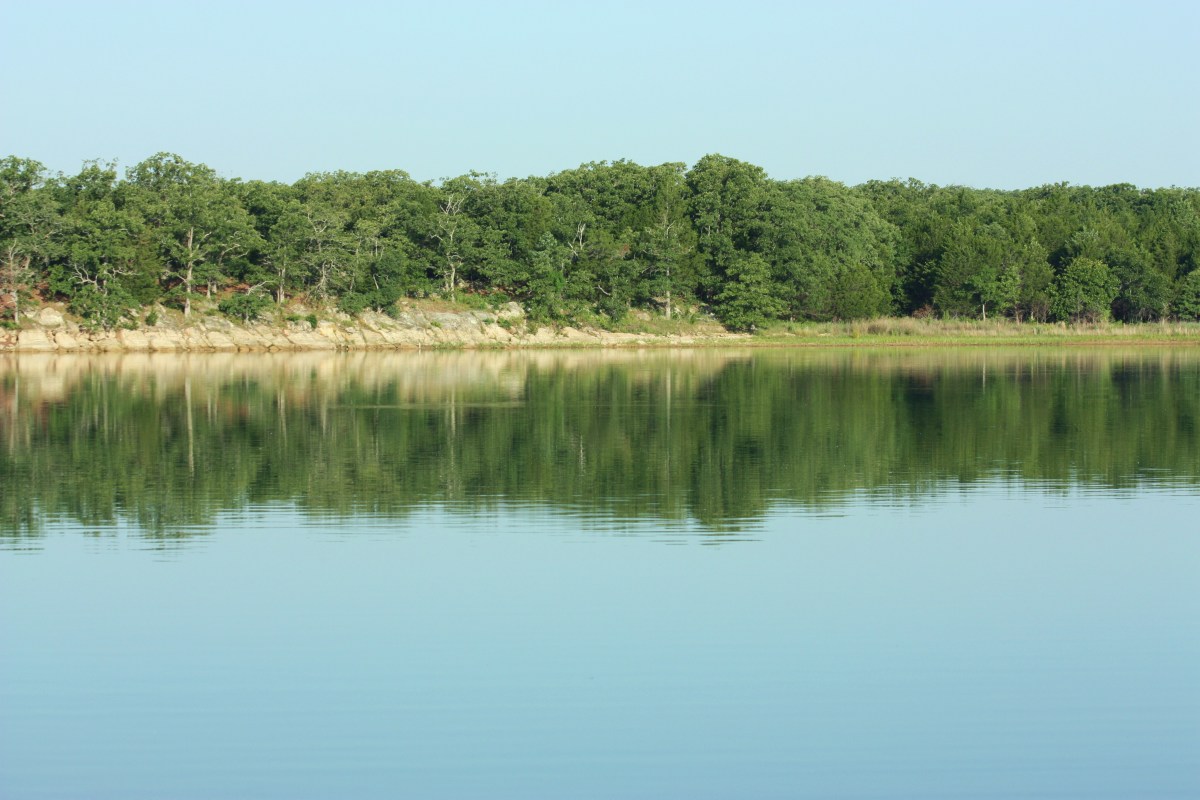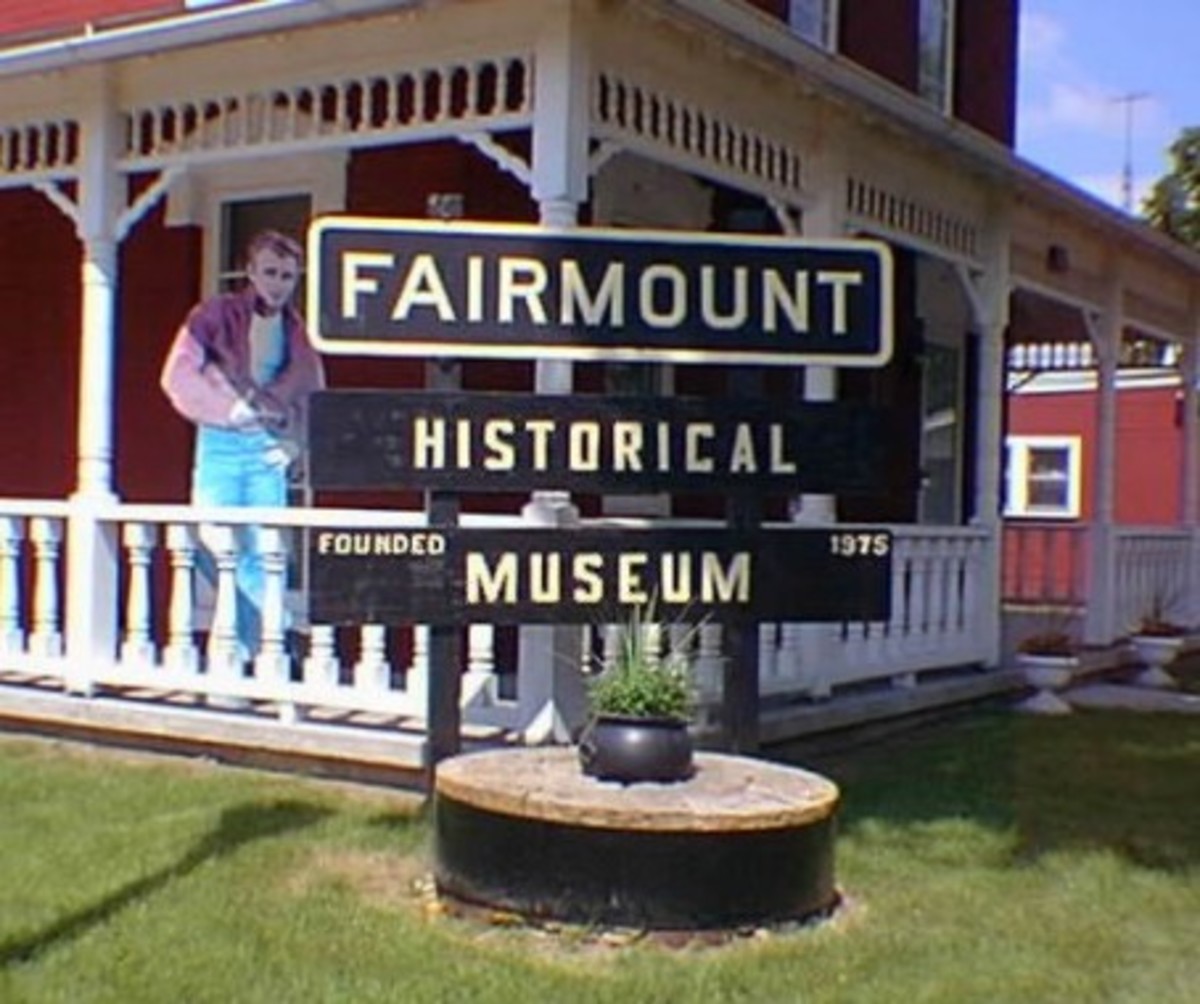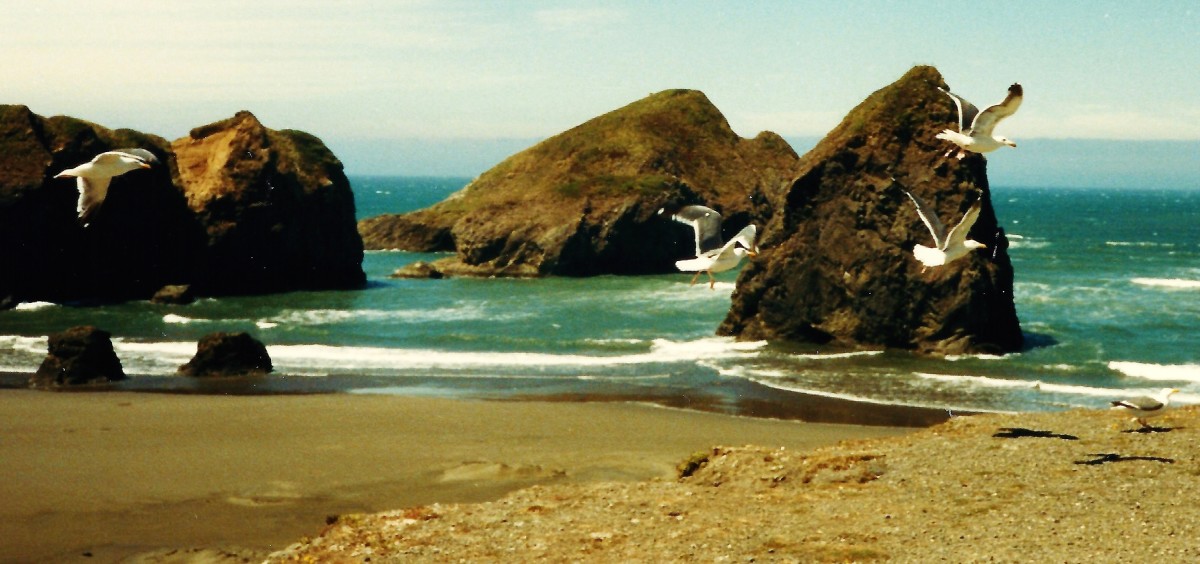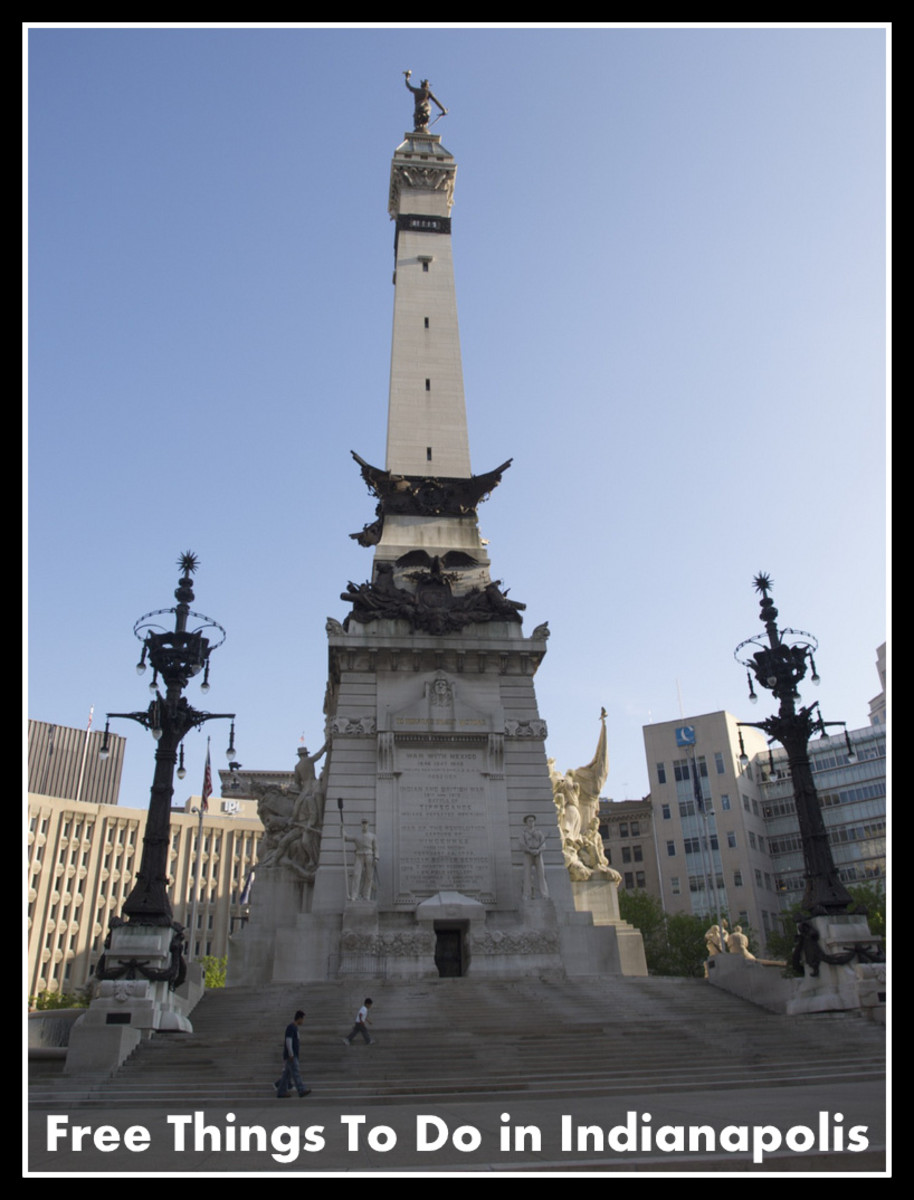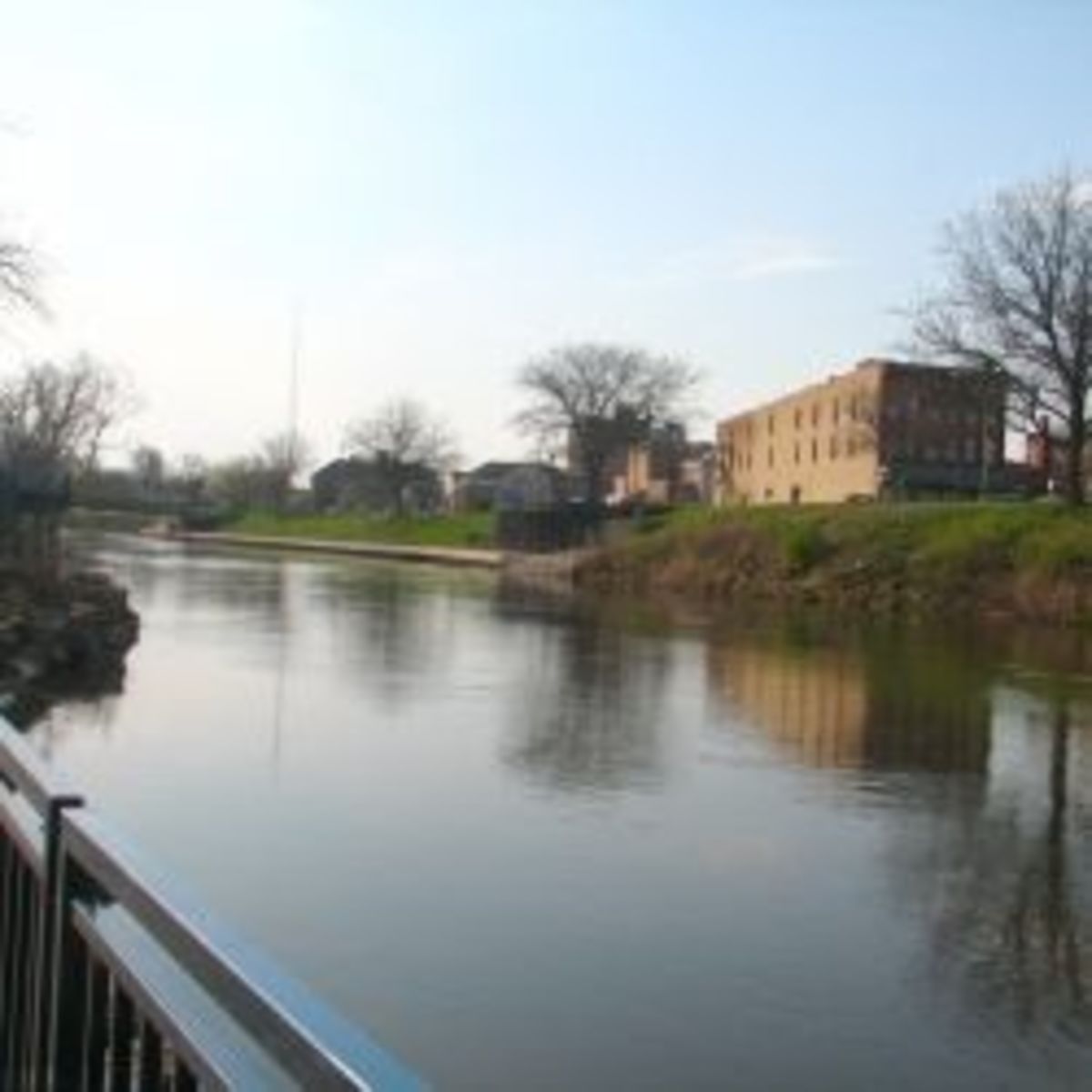- HubPages»
- Travel and Places»
- Visiting North America»
- United States
Indiana Dunes State Park

Indiana Dunes State Park is the second most visited park in the Indiana state park system, trailing only Brown County State Park.This is due to its unique features and the fact that it is close to the large population of the Greater Chicago area. It features numerous hiking trails and three miles of frontage on Lake Michigan.The area is known for its biodiversity, which includes a number of rare plants. Forty years after the state park was created, Congress established the Indiana Dunes National Lakeshore, which includes Indiana Dunes State Park.
Henry Cowles Studies
Henry Cowles attended graduate school at the University of Chicago and obtained his doctoral degree in 1898. His doctoral thesis examined plants at sand dunes on Lake Michigan, and the Indiana Dunes area was one that he studied. This work led to the concept of plant succession.
Cowles noticed that the vegetation changes as you move away from the shoreline. Right at the water, there is virtually no vegetation. Moving inward, the first vegetation one encounters is pioneer vegetation, such as maram grass. Maram grass has a deep and extensive root system, so it can grow where there are very few nutrients. Over time, these plants grow and die, building up nutrients in the soil. Moving further inward, you can find jack pine, cottonwood and black oak trees. These trees can survive in relatively poor soils. Often their roots are very shallow, since the nutrients from the former pioneer plants are located in the topsoil, and there is only sand below that. Because of their shallow roots, they can be blown over in high winds. Eventually, if you move far enough away from the shore, you see forests of beech and maple. These can only grow where the soil is relatively deep.
In honor of Dr. Cowles and his pioneering work, Cowles Bog in the Indiana Dunes National Lakeshore was named after him.

The Prairie Club of Chicago
The Prairie Club,a Chicago based club that still exists today, was formed in 1908. its goal was to organize hikes and get people from the crowded streets of Chicago to experience and appreciate natural areas. The Indiana Dunes was an undeveloped area very close to Chicago, and it quickly became a popular destination for the Prairie Club. The club established a beach house at the dunes in 1913. It was located roughly where the water tower in the state park stands today.
Several factors contributed to the popularity of the Indiana Dunes area in the early part of the twentieth century. Trains provided easy access from major population centers such as Chicago. The standard work week shortened, so people had time for recreation, and their wages rose so they could afford it. As people began to appreciate undeveloped areas such as Indiana Dunes, they wanted to protect and preserve them.
Around the same time that the Prairie Club established its beach house, it also formed a committee and began to campaign for a "Sand Dunes National Park." They wanted to protect the area from Industrial sand mining and other threats. In 1898 it was estimated that 300 railroad cars full of sand were hauled away each day.
One member of the Prairie Club was a wealthy businessman named Stephen Mather. In addition to his Prairie Club activities, he was instrumental in the passage of the legislation which established the National Park Service. Mather was appointed as the first director of the service, and served in that role from 1917-1929. He recommended that the federal government purchase the lakefront between Gary and Michigan City.
Creation of the State Park
Efforts to establish a national park at Indiana Dunes were derailed by America's entry into World War I in 1917. Although the effort to create a national park would take many more years, legislation to create Indiana Dunes State Park was passed in 1923. The first parcel of land, which included Mt. Tom, was purchased in 1925, Topping out at 192 feet above Lake Michigan, Mt. Tom is Indiana's tallest sand dune (An even larger sand dune known as the Hoosier Slide, once stood near the Michigan City Lighthouse). Indiana Dunes State Park opened in 1926 as Indiana's fourth state park.
After two world wars and the Great Depression, Congress eventually passed legislation in 1966 to establish the Indiana Dunes National Lakeshore, which includes the state park.

Indiana Dunes State Park Today
Today the state park encompasses slightly more than 2,000 acres. Nearly three-quarters of the park is occupied by the Dunes Nature Preserve. Everything in the preserve is protected, but visitors may hike through it on the trails. Since the dune ecosystem is very fragile, hikers are required to stay on the trails. Once vegetation holding the sand in place is damaged, the strong winds off Lake Michigan can start blowing sand away, causing "Blowouts." There are already three separate blowouts in the state park. The largest is appropriately named "Big Blowout."
Indiana Dunes State Park also has a second, much smaller nature preserve within its boundaries. The Dunes Prairie Nature Preserve is only 58 acres in size. It is a remnant of what was once a much larger prairie ecosystem. It contains many rare prairie plants. There is a small creek that flows through the preserve, and Trail 3 passes through it as well.
The park has all the usual state park amenities such as shelters, campground and a swimming pool. Swimming is permitted in Lake Michigan only along the swimming beach. Indiana Dunes is a good place for bird watching and there is an elevated bird observation platform on the western edge of the park.

Exercise Caution When Visiting
Be careful when visiting the park. In July of 2013 a young boy made national news when he fell into a sinkhole and was buried for over three hours. Fortunately, he was extracted by rescue personnel and made a full recovery. Here is the CNN report.


